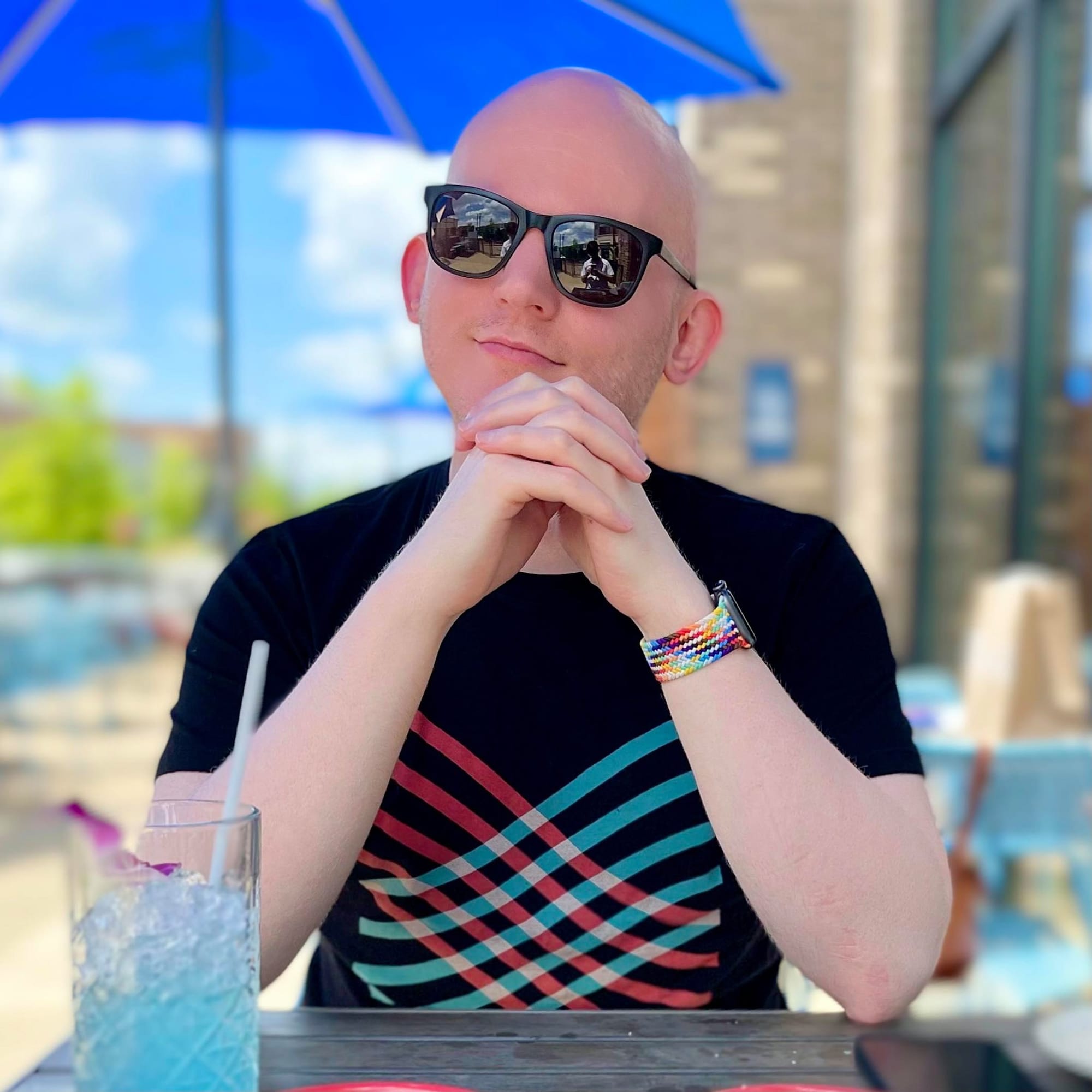Thoughtful Design
Good design isn’t just seen—it’s felt, trusted, and remembered.

There’s a rare feeling we all know but often struggle to describe: the sense of being in good hands. It’s not just about trust—it’s deeper than that. It’s about surrendering control, knowing the person on the other side has thought of everything, even the details you wouldn’t have considered.
It’s the feeling of stepping into a space where intention is palpable. The architect who designed it thought not just about how it looks, but how it feels. The chef in the kitchen isn't just concerned about what’s on the plate, but how it arrives. The writer doesn’t just share their ideas—they consider how you will carry them with you long after the final sentence.
Marcus Aurelius once wrote,
"If something is difficult for you to accomplish, don’t think it impossible for any human being. But if it is possible and appropriate for a person, believe that it can be achieved by you too."
Excellence—being “in good hands”—is difficult. It requires effort, discipline, and care. But it’s not unattainable. It’s the product of doing the work, paying attention, and, most of all, showing respect for the person who will experience what you create.
You can sense this in any field. In art, music, software, business—when you’re in good hands, you feel it. At a Japanese restaurant, this is the essence of omakase: “I leave it to you.” It’s not just a transaction; it’s trust. You’re saying, “I believe in your vision. Take me somewhere I haven’t been before.”
But here’s the flip side: as a creator, being in good hands isn’t something you just stumble into. It’s intentional. It’s about asking, “How will this make people feel? What do they need that they might not even realize?” When you care enough to think that far ahead, you’re not just delivering a product or an experience—you’re building trust. And trust, once earned, becomes the foundation of everything.
It’s tempting to cut corners, to take shortcuts. But when we do that, the cracks show. The result feels shallow, rushed, or insincere. And people notice—even if they can’t articulate what’s wrong. They just know they’re not in good hands.
The truth is, being in good hands is as much about mindfulness as it is about mastery. It’s about bringing your full self to what you’re doing—whether you’re designing, cooking, writing, or simply having a conversation. Seneca reminds us, “Luck is what happens when preparation meets opportunity.” When you care, when you prepare, you don’t leave anything to chance.
And when you do that, you create something that people don’t just consume—they remember.
The next time you experience something that moves you—something that feels seamless, inspired, and deeply considered—ask yourself why. Chances are, you were in good hands. And if that’s the standard you hold for others, it’s the standard you should hold for yourself.





